How ‘3 Body Problem’ Created a Sci-Fi World for Its Epic Story
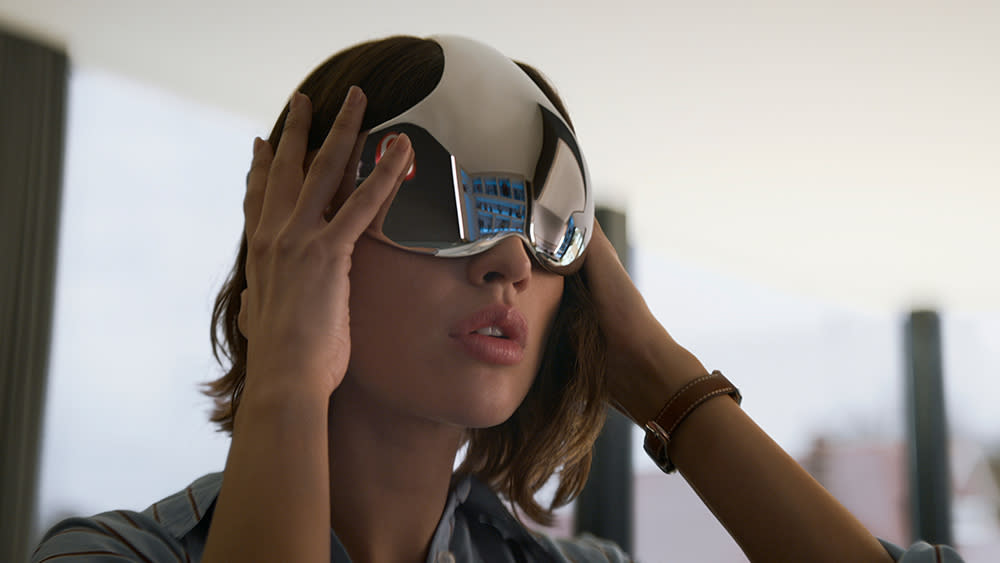
What is mankind without science? The thought-provoking question is one of the themes in “3 Body Problem,” an eight-episode Netflix series from “Game of Thrones” creators D.B. Weiss and David Benioff and “True Blood” scribe Alexander Woo. Adapted from author Cixin Liu’s “Remembrance of Earth’s Past” trilogy, the material follows a group of scientists who attempt to save humanity from a technologically advanced alien race known as the San-Ti. What it meant for the creative team was developing a distinct visual aesthetic capable of reaching the far ends of the galaxy, yet one delicate enough to support the emotional dilemmas each character faced.
“I remember when the guys first wrote to me about this series, and they promised, I quote, ‘A journey from China during the darkest hours of the cultural revolution all the way to the farthest fringes of the universe, both in time and space.’ And I thought, ‘OK wow, we are not in Westeros anymore,’” production designer Deborah Riley told IndieWire, who previously worked on “GoT.”
More from IndieWire
The challenge for filmmakers was navigating an expansive storyline that moves through different decades and drifts across continents. Shot on location and in the studio, it was paramount to create a sense of realism, building practical sets whenever possible, and sonically avoid cluttering a dialogue track rife with philosophical and scientific discussion. “Visually, it was very reality-based,” visual effects supervisor Stefen Fangmeier told IndieWire. “There was quite a wide range of effects we did and various other things that made it interesting.” The hurdles each department head faced included creating dream-like virtual reality environments, explaining mind-boggling alien technology, launching a rocket off Cape Canaveral, and splitting a tanker-like loaf of bread — all while navigating the vulnerabilities of the characters.
In the videos below, watch how production designer Deborah Riley, visual effects supervisor Stefen Fangmeier, sound designer Paula Fairfield, and composer Ramin Djawadi detailed the harrowing journey with exquisitely acute detail.
The Production Design of ‘3 Body Problem‘
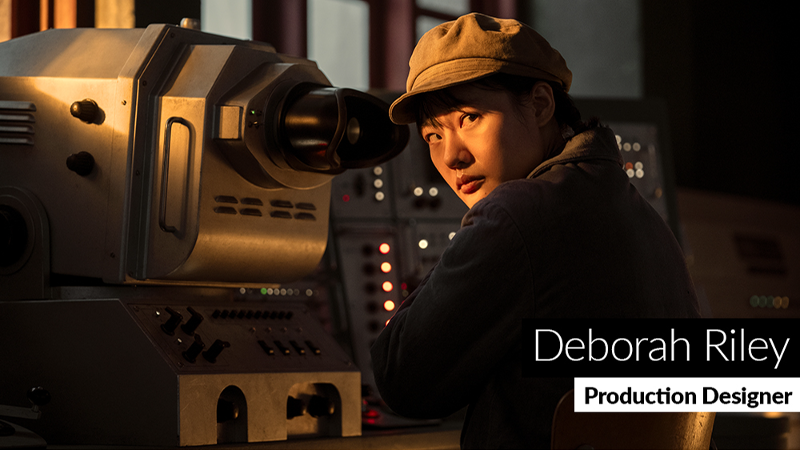
The making of mankind’s threat comes from Ye Wenjie (Rosalind Chao), who saw her father killed in 1960s China. In support of Ye Wenjie’s story, production designer Deborah Riley built a military base where the character works and, against her superior’s requests, communicates with the aliens. “The exterior of Red Coast Base was shot in western Spain where there exists an old military facility where we were able to adapt the buildings so they looked like they belonged to the base where we were able to stage the 1960s,” Riley told IndieWire. “The base of the big satellite dish was also built. We had many concepts to try and figure out just how big this satellite dish was in relationship to the rest of the location.”
Interiors were designed with authenticity and reason. “The main control room was very important and where the pivotal moment in the whole series would take place, and in there, we had to establish what it was the scientists were doing,” said Riley. “It was very important to give all those machines a job. We had to work out what a day in the life of that control room would look like. Everything in that space had a purpose. And it was very important when it came to filming to actually issue what I called a user guide. We wanted it to make it look like a genuine working space.”
Designing the destruction in Episode 5 “Judgement Day” was a collaboration between production design and visual effects where a massive tanker is split open by high-tech nanofibers. Riley built the deck of the ship at Shepperton Studios in England, along with different corridors and a stairwell that reaches down into the machine room. As the tanker is peeled apart, Riley “worked out very carefully what the fibers would cut in order, and at all the different levels, to illustrate that slicing.”
In crafting the ambitious series, Riley said, “It was such a wide-ranging visual feast. We were trying to create so many different tones throughout it yet create something cohesive that would still hold together.”
Watch the video above to see how Deborah Riley conceptualized the epic scale and intimate settings of “3 Body Problem.”
The Visual Effects of ‘3 Body Problem‘
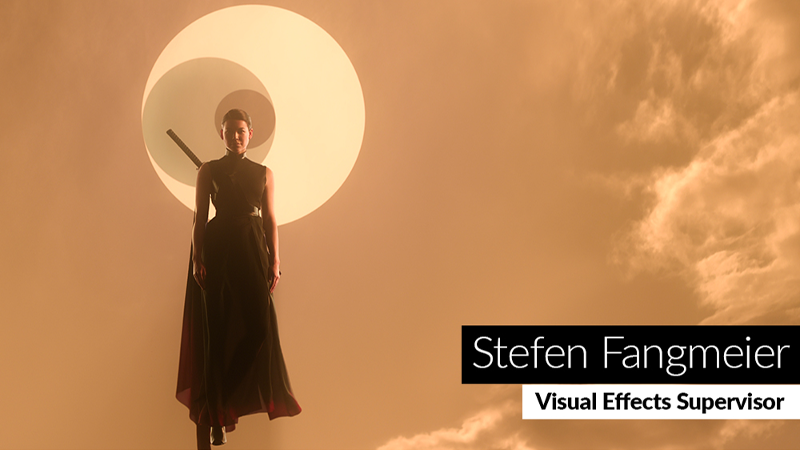
Visual effects supervisor Stefen Fangmeier and his team made a number of unexplainable events a visceral reality, a task visually rooted in realism and scientific research. Part of the photographic journey was building a virtual reality setting that told the story of the alien beings and their home, a planet that experiences extreme weather conditions due to its three-sun system. The only way the San-Ti can survive is by dehydrating their bodies until their planet is stable again. This climate instability, referred to by them as “Chaotic Eras,” is the reason they seek refuge on Earth. Characters enter the game by wearing a futuristic-looking headset to navigate different levels, all in the hope of saving a little girl (Eve Ridley) while learning about the three-star system. Each stage was “meant to be extremely realistic,” Fangmeier told Indiewire. “It was kind of like you were in a dream and you were wearing different clothing. You could touch everything, so it’s different than any video game.”
To pull off the challenging VR game demands, visual effects created digital doubles, manipulated LED panels to act as the sun, developed fully CG environments like a church that gets engulfed by flames, and cloned massive crowds for a gravity-defying human abacus sequence. But the strangely realistic dehydration process required a combination of practical and visual effects. First, an actor would lie on the ground before a CG effect would manipulate the shriveling body to a point where it could be rolled up like a beach towel. A prosthetic piece would then be placed on set for actor interaction, which would be further modified by visual effects to look more like the character. “It’s certainly very heightened, and things that would take much longer in real life were accelerated to get the point across that the planet Trisolaris is a difficult place to survive,” Fangmeier said.
Episode 5 “Judgment Day” saw an ambitious amount of effects work, from a traumatizing tanker sequence to a striking eye in the sky event where the San-Ti reveal themselves. With the aid of production design, the team was able to extend sets with grounding realism. “The Panama Canal that was entirely a digital creation, that whole environment of it,” Fangmeier said. “Then the tanker comes along and gets sliced and then things on the deck of the tanker would topple and fall over. And then when the tanker veers off course and hits the side of the canal, that’s when we see all those layers come apart in slices.”
In the video above, learn how Stefen Fangmeier conjured realistic effects to ground a sci-fi storyline that brings the unimaginable to the planet.
The Sound Design of ‘3 Body Problem‘
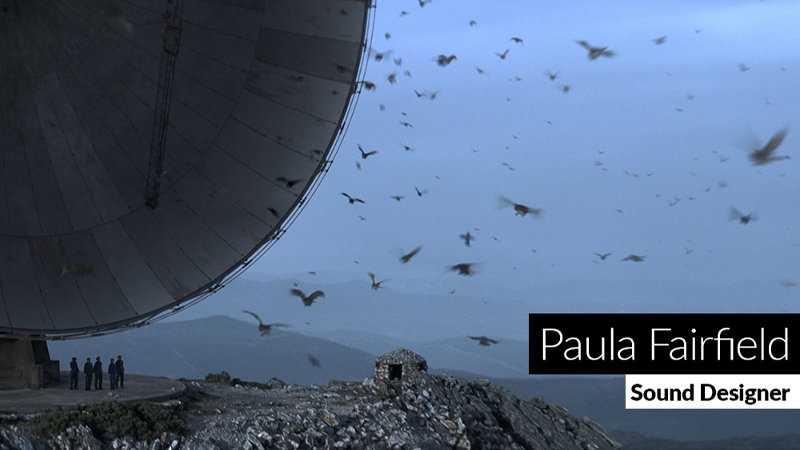
Exploring the alien technology was key for sound designer Paula Fairfield’s process in telling the aural story of “3 Body Problem.” She sought an immersive palette that had power and mass but also one that was eloquent and understated. Dynamics set the tone for the creative soundscape, which emphasizes hard-edge sounds that had an impact. To sonically connect characters as they enter the VR environments, Fairfield developed sounds that move with the imagery to make it feel as though they are “slipping in and out of the world.” “With the cool headset that they had, the tighter the sound was with what we were seeing, I felt the more effective it was because the viscerality of what you’re hearing sonically is moving with the visual,” Fairfield told IndieWire. “Once you got inside that space it was very peaceful and delicate in a way. The littlest sounds had a little bit more detail to them. It felt very immersive, but it was also very stripped back. We really felt the difference when you entered the space.”
As characters reach deeper levels of the game, organic elements add an auditory flavor to the imagery on screen. “When we get to the human computer, when you’re closer to them, I ended up using playing cards and tarot cards that I could manipulate and then pitch and then cut and place,” she said. “As we pulled out, added crowd simulation made it sound thicker. Pulling out to a roulette wheel and abacuses that were manipulated to make it feel like it was this computer.”
One of her biggest tasks was aurally supporting the San-Ti’s explanation of how the aliens planted a proton-sized supercomputer to watch Earth’s every move. “I made sure that with the technology of this alien culture, there were elements there that had texture and really interacted with the visual effects that they came up with,” Fairfield said. “I knew that if they played it low, [it] would still have a lot of pent-up weight until the power had to be released. That’s when you really wanted to feel this magnificence. I wanted to use explosions and glass, combining them and lots of compression and distortion and texture. Going from big loud heavy stuff to the very delicateness of the etching, that journey is really interesting.”
In the video above, hear how Paula Fairfield curated a textured palette that sonically supports otherworldly visuals.
The Score of ‘3 Body Problem‘
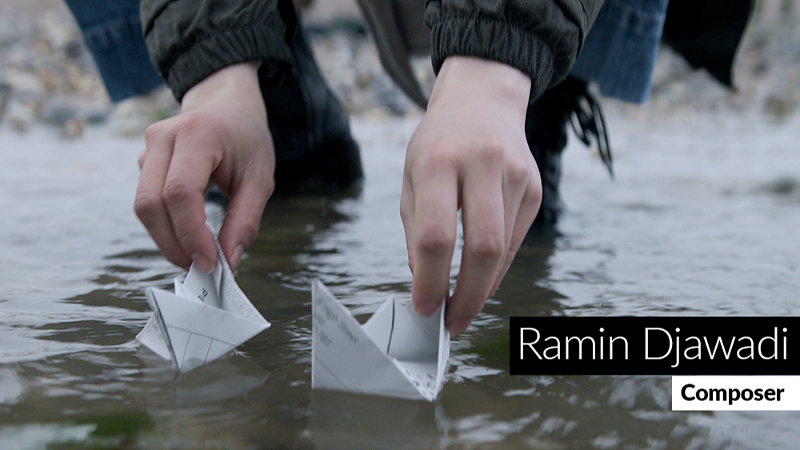
Balancing the characters’ emotional core with the unfolding events was crucial for composer Ramin Djawadi. Inspired by the visuals, Djawadi arranged orchestral pieces to ground characters and support abstract plot points. “An overall theme and tone that we wanted to do with the score was the idea of communication,” he told IndieWire. “So the score has some Morse code built into it and the tempo as well. It speeds up and slows down.” Approaching the music was a character study in minimalism for the composer. “At the core, I tried to go for simplicity,” Djawadi said. “We felt if we only go into the sci-fi aspect and this synth sound that it might become too abstract. And I think what was important in the show was that we stick to our characters and how the characters feel so we felt the piano and the strings grounded it a bit more.”
In writing the musical backstory for Ye Wenjie (Rosalind Chao), a character who sets in motion the catastrophic events, the composer played to her inner feelings. “We started to establish her emotionally as a good person. It’s just what happens to her, getting betrayed, is what leads her to do what she does — replying to the aliens,” Djawadi said. “The beginning of the piece definitely starts out more internal. Moving the big satellite, that’s when it opens up orchestrally, and then the theme plays out in a much grander way because clearly what she’s done is a trigger point of the rest of the story.”
For the blossoming relationship between Jin (Jess Hong) and Will (Alex Sharp), Djawadi connected themes to a story arc that ends in tragedy. “We said whatever we do at the lake with the origami boat has to pay off later,” he said. “I wrote all those back to back to see, ‘Am I able to set up this theme?’ But again, it’s simple instrumentation. It’s just piano and strings most of the time. It’s two characters here and this love story and with all the other complex things going on in the story, we thought that would be an appropriate approach.”
In the video above, listen to Ramin Djawadi discuss the musical arrangements that layer in emotions to “3 Body Problem.”
READ MORE CRAFT CONSIDERATIONS

Craft Considerations
How ‘3 Body Problem’ Created a Sci-Fi World for Its Epic Story
Production designer Deborah Riley, visual effects supervisor Stefen Fangmeier, sound designer Paula Fairfield, and composer Ramin Djawadi share how they crafted a consequential threat to human existence.
By Daron James
June 4, 2024 4:30 pm
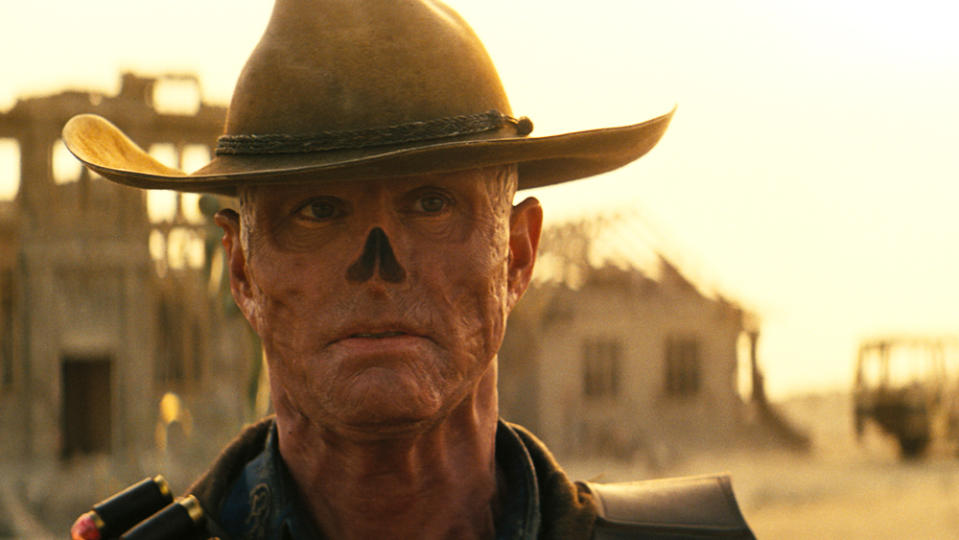
Craft Considerations
How ‘Fallout’ Turned the Game’s First-Person Intimacy Into Compelling TV
Director Jonathan Nolan, composer Ramin Djawadi, and cinematographer Stuart Dryburgh tell IndieWire how they achieved both the intimate and the epic on the Prime Video series.
By Jim Hemphill
May 23, 2024 2:15 pm
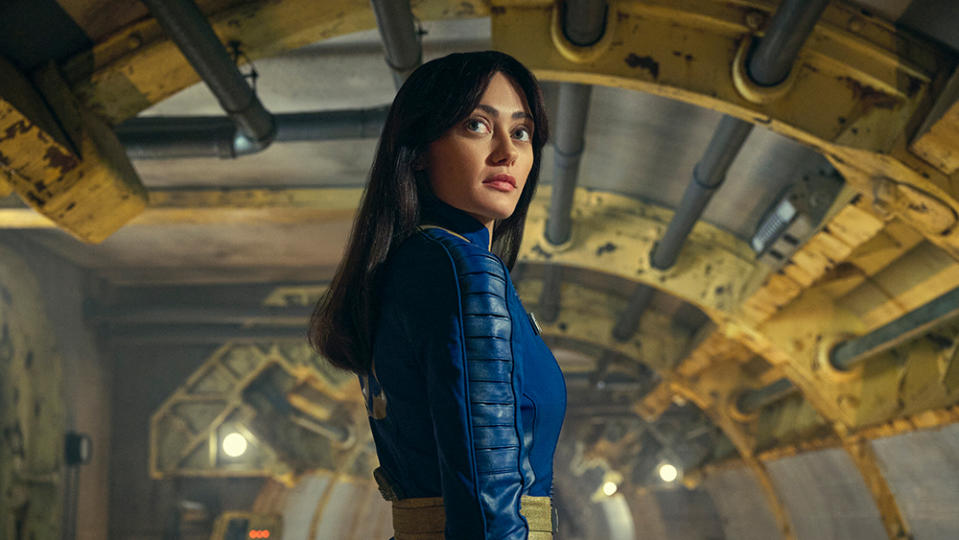
Craft Considerations
‘Fallout’ Builds a World Unlike Any Other — Including the Video Game
Inside building the post-apocalyptic world of Prime Video’s drama with production design, VFX, and prosthetics.
By Jim Hemphill
May 21, 2024 4:40 pm
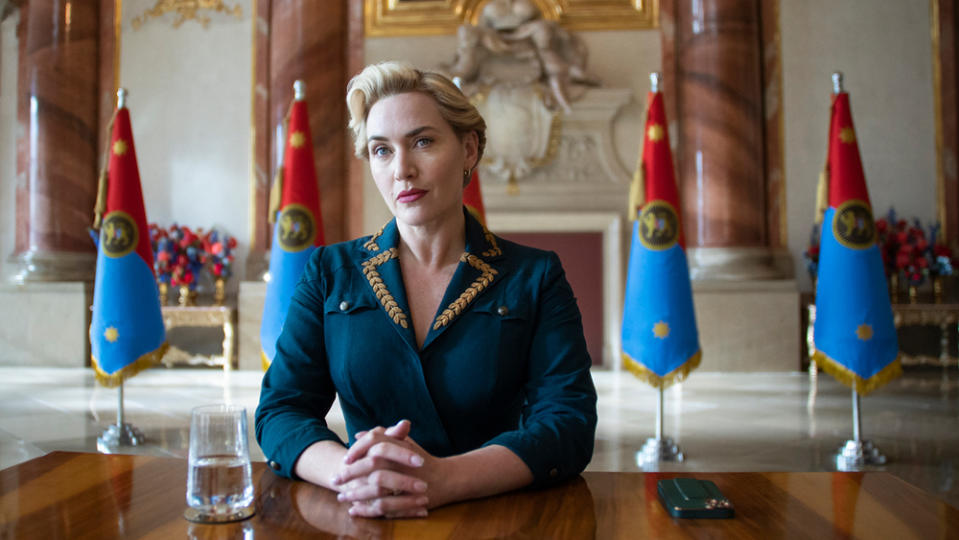
Craft Considerations
‘The Regime’ Created a World as Off-Kilter as Its Dictator
Watch how production designer Kave Quinn, costume designer Consolata Boyle, and composers Alexandre Desplat and Alex Heffes all keep the world in Kate Winslet’s thrall on “The Regime.”
May 16, 2024 1:00 pm
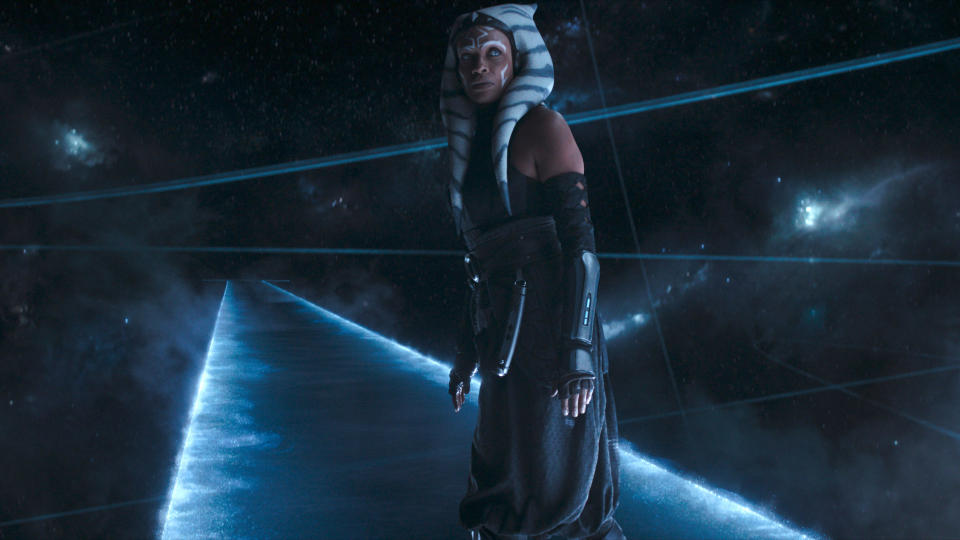
Craft Considerations
How ‘Ahsoka’ Goes Beyond the Star Wars Galaxy
Watch how the cinematography, production design, and hair and makeup teams discuss bringing balance to the forces of animation and live action in “Ahsoka.”
May 15, 2024 4:15 pm
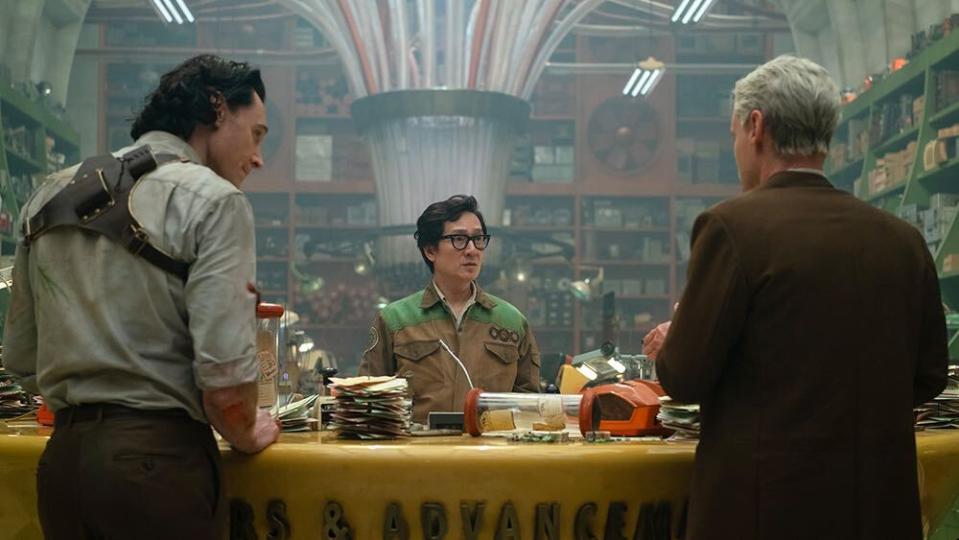
Craft Considerations
‘Loki’ Season 2 Was as Wild and Unpredictable as Its Title Character
Star Tom Hiddleston, directors / executive producers Justin Benson and Aaron Moorhead, and production designer Kasra Farahani seized new opportunities to bring fresh depth to the series.
By Jim Hemphill
May 7, 2024 2:00 pm
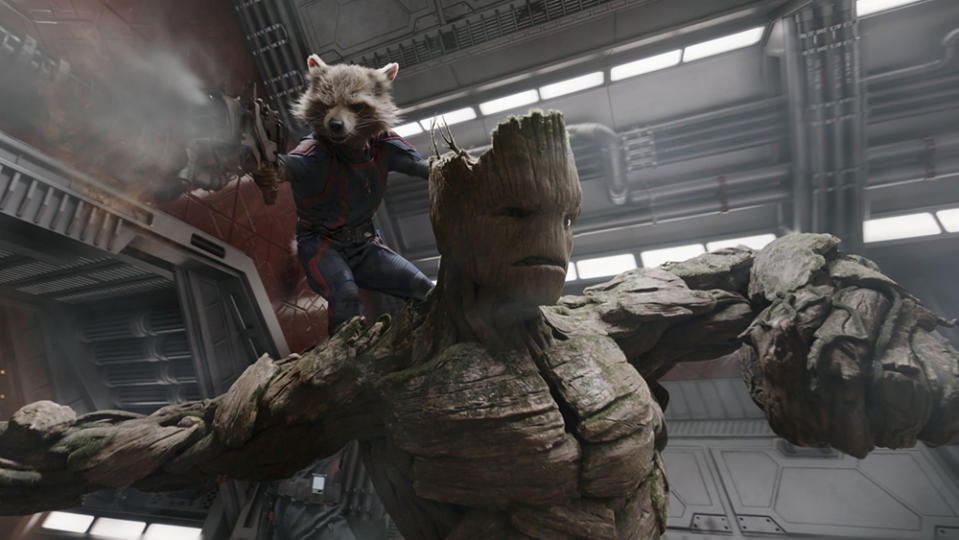
Craft Considerations
The Rocket Fuel of ‘Guardians of the Galaxy Vol. 3’ Visual Effects
The VFX Oscar nominee boasts expressive and detailed animation for Rocket and Groot, plus a two-minute, single-shot, climactic battle.
February 14, 2024 4:30 pm
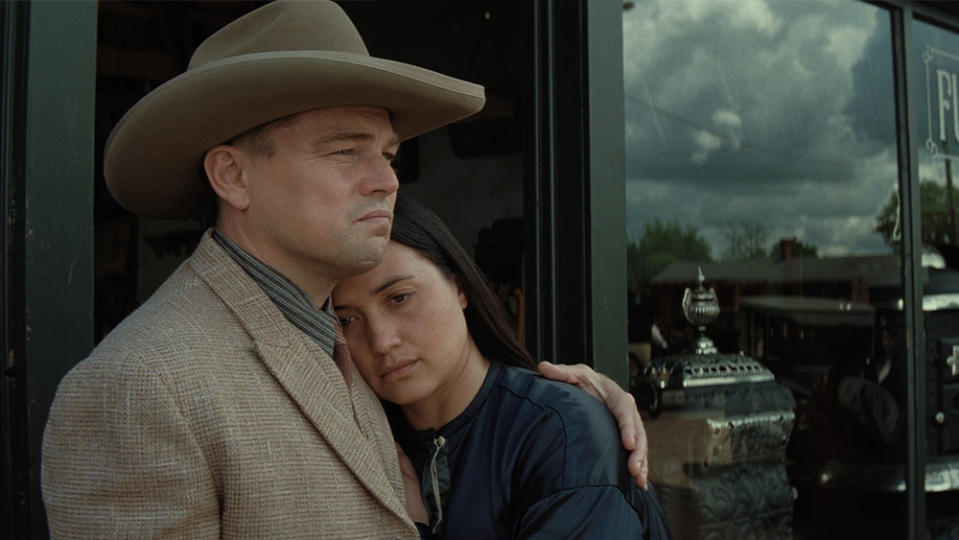
Craft Considerations
‘I Feel Such a Responsibility’: Inside Making of ‘Killers of the Flower Moon’
Watch costume designer Jacqueline West, cinematographer Rodrigo Prieto, and production designer Jack Fisk explore the visual language of “Killers of the Flower Moon.”
By Jim Hemphill
January 9, 2024 3:30 pm
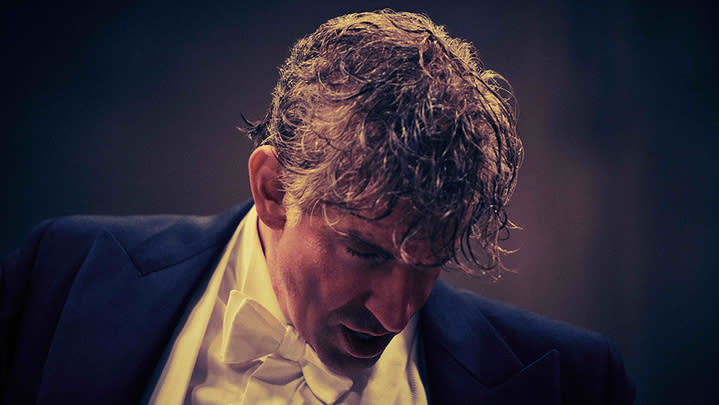
Craft Considerations
How ‘Maestro’ Hit the Notes of Leonard Bernstein’s Life
Watch cinematographer Matthew Libatique, costume designer Mark Bridges, and production designer Kevin Thompson break down the cinematic movements of “Maestro.”
December 27, 2023 12:00 pm
Best of IndieWire
Unsimulated Sex Scenes in Film: 'Nymphomaniac,' 'The Brown Bunny,' 'Little Ashes,' and More
Every Palme d'Or Winner from the Cannes Film Festival, Ranked
The 13 Best Thrillers Streaming on Netflix in May, from 'Fair Play' to 'Emily the Criminal'
Sign up for Indiewire's Newsletter. For the latest news, follow us on Facebook, Twitter, and Instagram.

 Yahoo News
Yahoo News 
